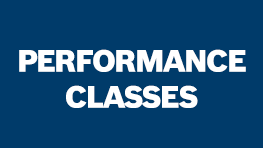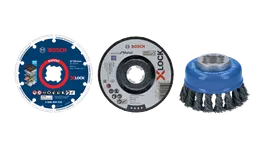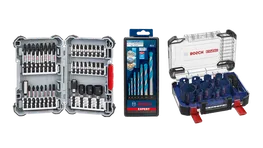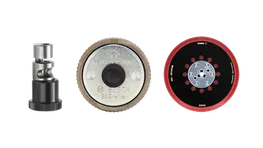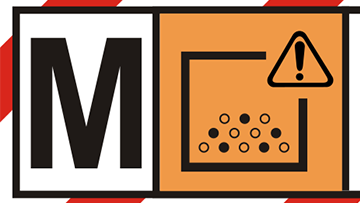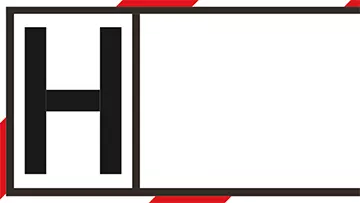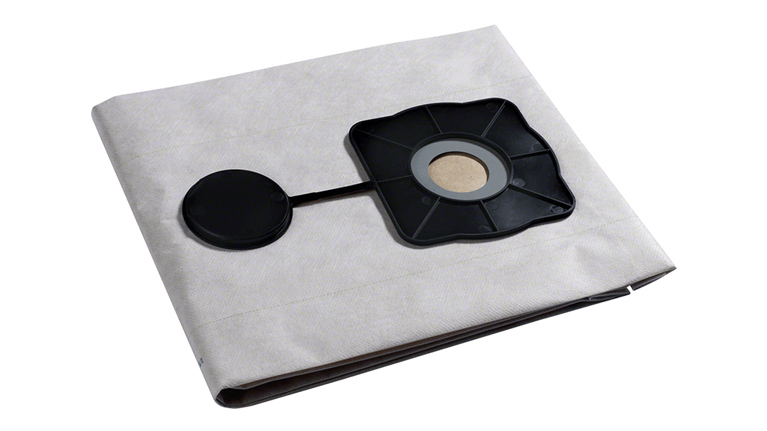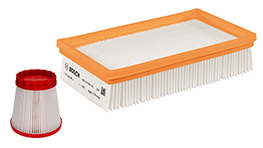Think of dust control as teamwork. All the parts need to fit together, and at the heart of it is your dust extractor. At Bosch Professional, we design our dust extractors for maximum ease of use and full compliance with established dust regulations. If you're looking for a professional dust extractor but are not sure where to begin, you're in the right place.
Dust extractors
WHICH DUST EXTRACTION CLASS DO YOU NEED?
L, M, H is a standard for rating dust extractors (European Standard EN/IEC 60335-2-69 Appendix AA). It is widely used in the European Union, UK, Australia, and New Zealand. It helps you quickly identify the level of protection offered by a dust extractor thanks to a visible, standardized rating: Low, Medium, or High.
Top features
Our dust extractors are designed for ease of use in the toughest trade conditions. Once you've tried these features, you'll wonder how you ever did without them.
There are many filter types, but they all fulfill the same job: They help remove dangerous particles from contaminated air before your dust extractor releases it again as exhaust. Filters need to be regularly cleaned or replaced to make sure they capture dust effectively and help you maintain a high level of protection. A clogged filter reduces airflow and weakens dust extraction, which can cause lower performance. To ensure effective dust capture and the highest levels of protection, it’s important to keep your filter clean.
¹ Important: Some countries may have additional requirements for asbestos dust extraction. Regulations on dust extraction for asbestos may vary from country to country. For example, according to German regulations, dust extractors must have TRGS 519 certification to be suitable for asbestos dust. Source:



































